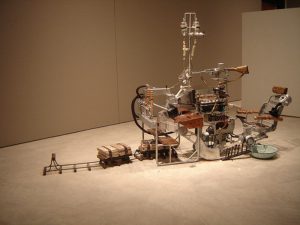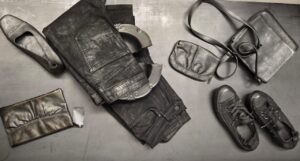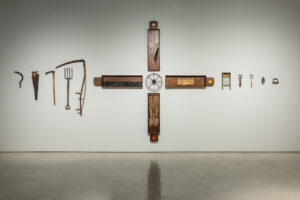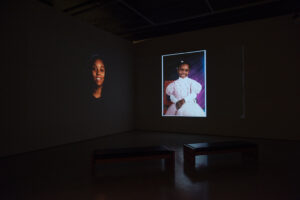Regarded as one of South Africa’s foremost contemporary artists, Willie Bester is also recognized as having played an important role in bringing about social change as part of an artist collective during the Apartheid years. Despite the reforms of the past, the narrative of liberation continues for Bester, who asserts that “remaning apolitical is a luxury that South Africans simply cannot afford.”
Bester’s work charts the dramatic social and political developments in South Africa over the past 25 years. his work is narrative, illustrating a constantly evolving reality. His realistic account of social change is not idealistic. Instead, he continues to address issues of corruption and government accountability in the new South Africa. About his work, bester comments, “We were naive about the state of things in South Africa; we thought things would be different. We wanted to believe that our culture had changed because we so badly wanted things to be different so that we could move forward. But it’s impossible to forget the past because it influences our future. This is why I document these events, so that we do not forget.”
Using found objects and discarded materials, Bester’s work often depicts the struggle for freedom in South Africa. In both his sculptures and paintings, he uses a form of sequential narrative similar to that found in comic strips and medieval European religious paintings. Groups of individuals appear within one work of art in a series of related events. Bester often portrays the inner workings of Apartheid, focusing on the ways in which social structures and institutions manipulate individuals.
Born in Montagu, South Africa in 1956, Bester has received international acclaim for his though-provoking work. Sine the early 1990’s, he has exhibited extensively throughout Africa, Europe and the Americas.






